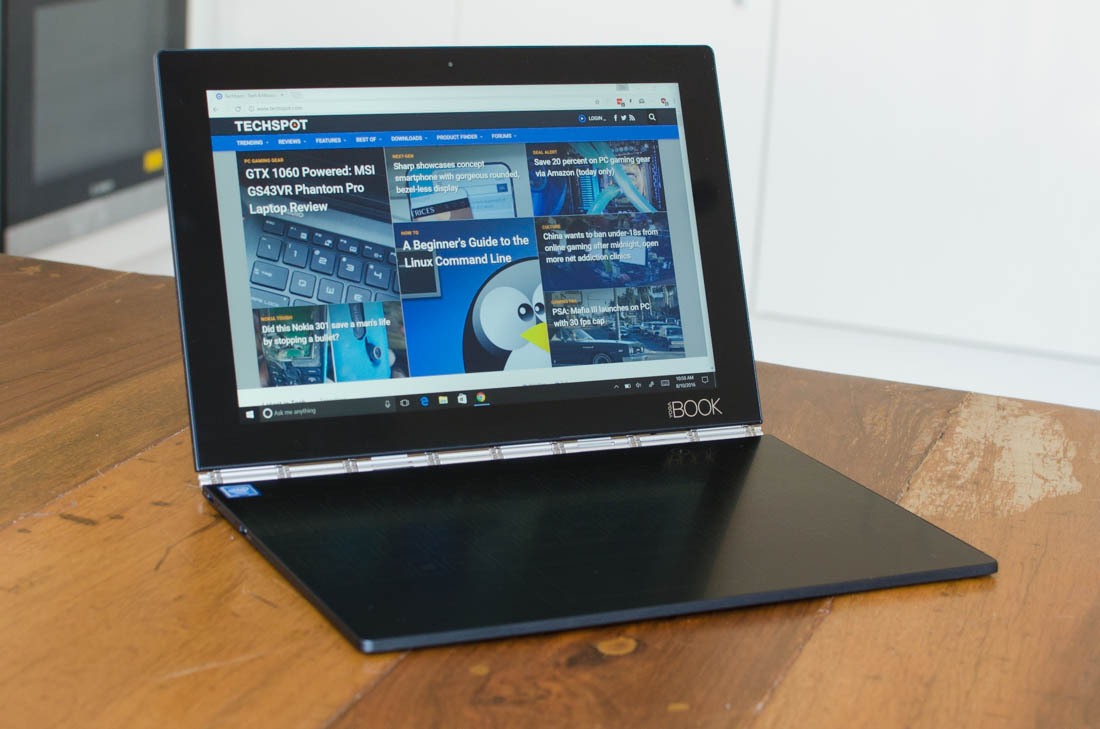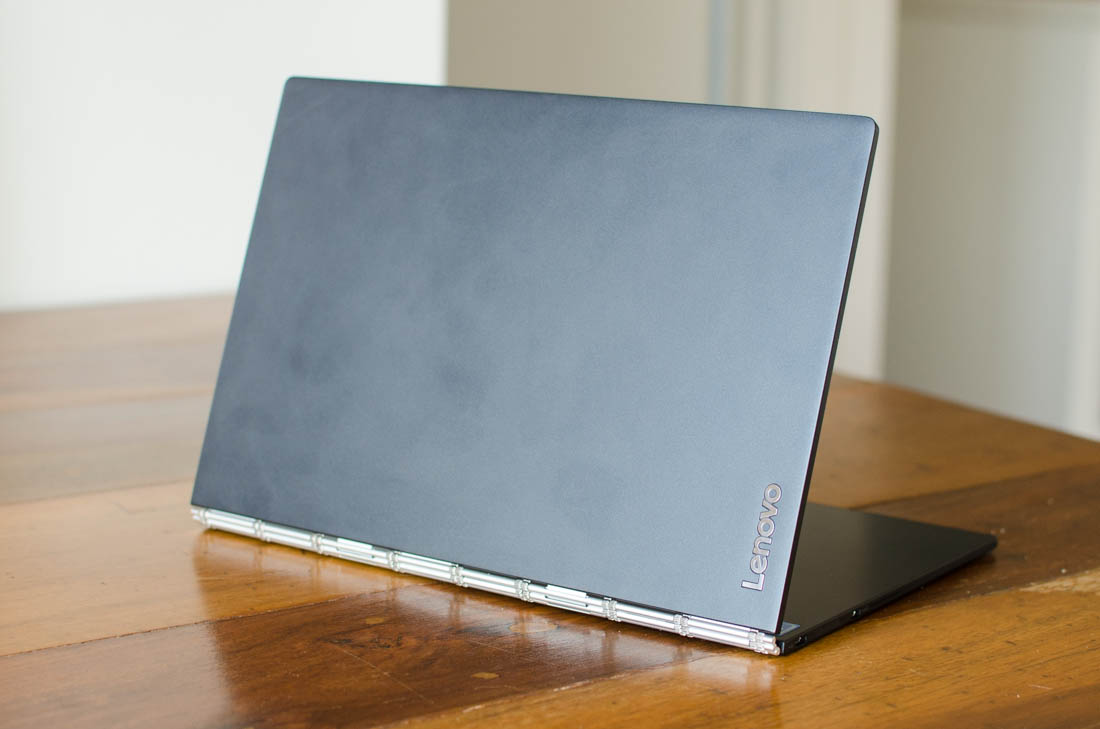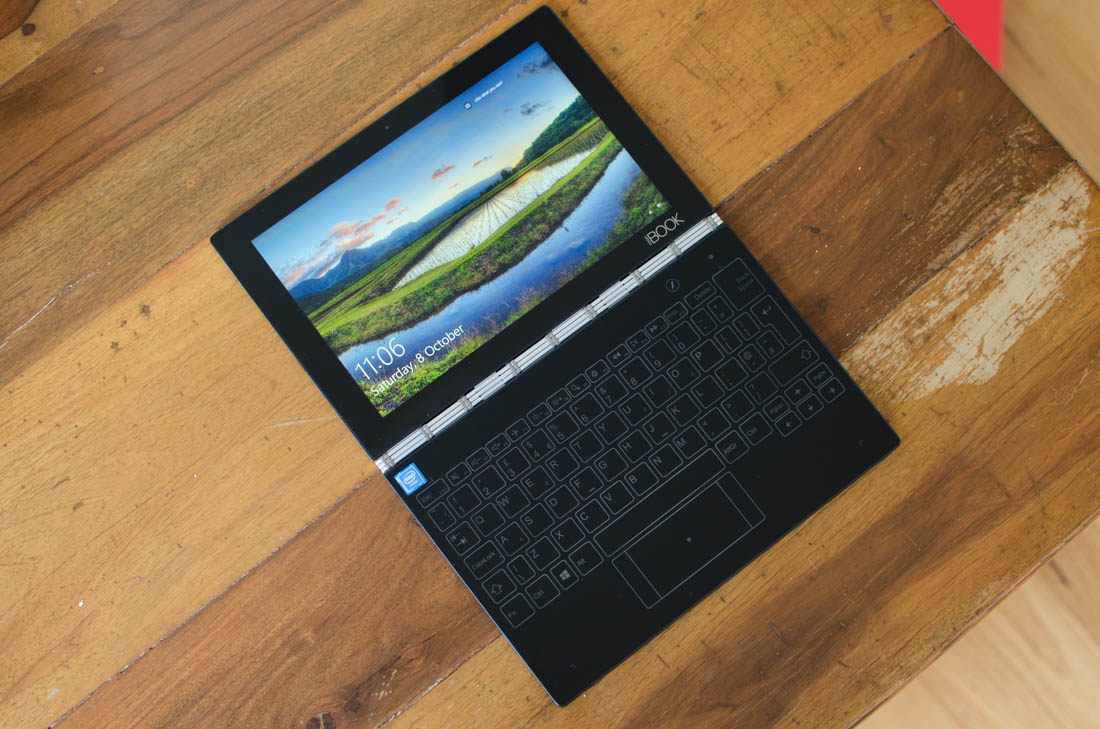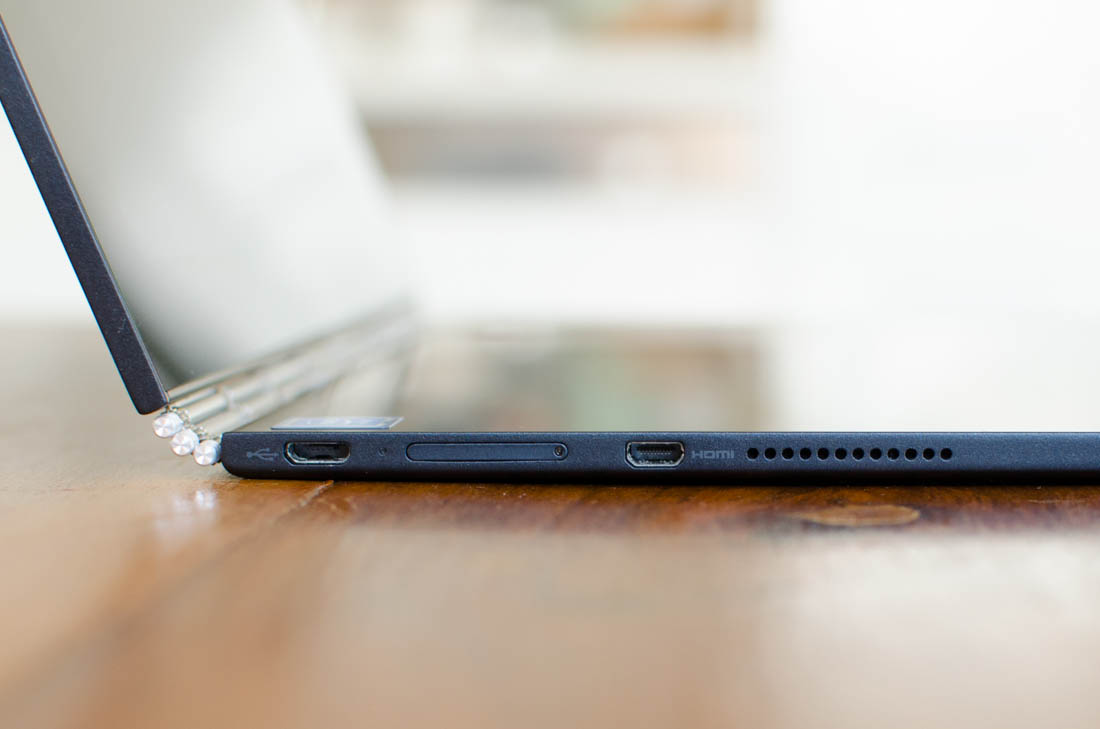The Windows Version of Lenovo's Hybrid Tablet
Read More :Ever when you consider that Lenovo unveiled the Yoga Book in past due August, I’ve been extremely excited to get my palms on it. This folding pill-laptop hybrid is not like some other product available on the market, because it takes the concept of the 10-inch tablet with a keyboard and replaces the cumbersome docking mechanism with the Yoga collection’ signature 360-degree hinge.
The resulting hardware is a beautifully slim tablet that folds apart like a e book, transforming it right into a lightweight, transportable laptop. Lenovo is aiming for the nice of both worlds right here: a compact pill that’s easy to preserve and shipping; and an on-the-move pc that isn’t hindered by a clumsy dock, mediocre keyboard case, or puzzling pill stand.

To achieve this intention, clearly there are some trade-offs. There is a keyboard connected to this pill, but there are not any physical keys; you’re typing on a touchscreen slate.
It’s not specifically effective both, packing an Intel Atom x5-Z8550 processor and 4 GB of RAM.
To make up for these, Lenovo has packed in quite a number compelling stylus functions. The touchscreen keyboard slate can be used as an accurate graphics pill with the covered pen, or you could slap a bit of paper at the slate and write bodily notes even as they are simultaneously digitized.
Lenovo also claims the Yoga Book is ideal for 13 hours of battery lifestyles, which sounds awesome thinking about its length.

The Yoga Book ($550 running Windows, $500 on Android) is one of the most appealing pieces of hardware I’ve used this year. The magnesium-aluminium alloy shell is smooth and gives this product a premium aesthetic, in particular blended with Lenovo’s watchband hinge. The frosted glass touchpad complements the layout nicely, as does the glossy glass protective the show. There are very few distracting factors as properly, apart from some removable stickers from Intel and Microsoft, which facilitates deliver the minimalist look this pill merits.
The maximum impressive issue to the Yoga Book is how compact the complete device is. It’s a ten-inch tablet, so we have been constantly getting a portable footprint, however the slimness is the key to this layout’s fulfillment.
The Yoga Book is simply 9.6mm thick whilst closed, which is improbable for a device that opens into two sections. The base, which includes the touch slate, is a mild wedge that maxes out at simply over 6mm thick, at the same time as the display lid is a narrow three.5mm. When open, the Yoga Book seems awesome.

Of course a nine.6mm thick 10-inch tablet isn’t extremely spectacular, so if the Yoga Book had been simply a popular tablet I wouldn’t be raving about the thickness. The wonderful feat right here is getting the Yoga Book in its closed pill mode to healthy common 10-inch tablets, whilst nevertheless proposing a hinge that lets in it to open into a pc. There isn't any product available on the market that achieves this, and that’s what makes the Yoga Book stand out from such uninteresting competition.
The Yoga Book is one of the maximum attractive portions of hardware I’ve used this 12 months.
In its pill mode, the 690-gram tool is quite usable, but don’t anticipate an revel in that opponents the Apple iPad Air 2. Not best is the iPad numerous hundred grams lighter, however it also functions a greater comfortable 4:three display screen element ratio. The 16:10 show at the Yoga Book makes it a little awkward to use as an leisure tool just like the iPad, but it’s clear that the strengths of this tablet lie in productivity and creativity alternatively.
 |  |
The watchband hinge that connects the 2 halves of the Yoga Book is as beautiful as it has been on past Lenovo convertibles. The hinge permits 36-levels of fluid movement, yet it’s strong enough that any position you choose might be maintained in a reasonably strong style. I say “fairly” due to the fact there is some wobble in the display half of whilst the use of the touchscreen in pc mode, but, despite this, the attitude of the hinge is maintained.

The touch slate section is interesting because it serves two functions. When typing, the backlit keys appear from nowhere to provide a complete keyboard with feature keys and a trackpad. But while you hit the pen button, the keyboard disappears and the slate may be used as a pix tablet in the published bounds that healthy the dimensions of the Yoga Book’s display. You can nonetheless see the outline of the keyboard under light, but the dual-function design is powerful.
Around the rims of the touch slate is where you’ll find all of the key ports and buttons. The right facet includes a 3.5mm audio jack, the strength button, and the volume rocker, in addition to one speaker grill for the stereo side-firing speakers. I did discover myself accidentally hitting the electricity button a few instances even as I was using the Yoga Book as a laptop due to its awkward function, and I’d instead the electricity and extent buttons had been switched.

On the left facet is a alternatively unusual aggregate of ports: microUSB for charging and accessories, along with micro-HDMI. The Yoga Book is a tool crying out for USB-C, so the inclusion of microUSB as an alternative is baffling. And it’s now not a size trouble: there’s sufficient thickness inside the Yoga Book to without difficulty fit in USB-C, which could have supplied more compatibility with upcoming add-ons and eliminated the need for the HDMI port (USB-C may be without difficulty tailored to full-sized HDMI or DisplayPort).
The inclusion of microUSB over USB-C shows to me that the Yoga Book has been in development for a long term, and near-very last hardware become locked in before USB-C started its surge in late 2015. USB-C is a certainly disappointing omission from the Yoga Book, however at least with a microUSB to USB adapter you may still connect ordinary add-ons.

The Yoga Book also consists of a nano-SIM tray for incorporated 4G LTE capability, and two cameras: one for selfies above the show, inside the Book’s massive bezels; and every other above the backspace key within the touchscreen slate. This looks like a peculiar role for a secondary digicam, but whilst you fold the device into pill mode, this camera becomes rear dealing with. Both cameras are quite average in phrases of quality, so I wouldn’t want to take any holiday images in this tablet.
0 Response to "Lenovo Yoga Book Review"
Post a Comment